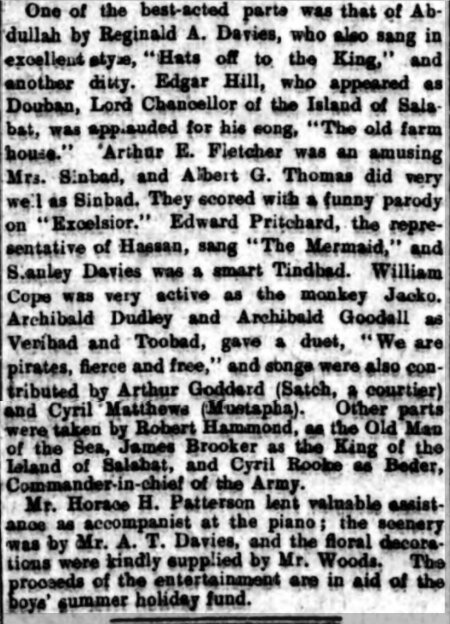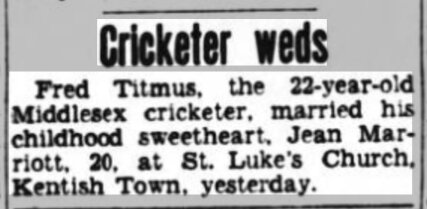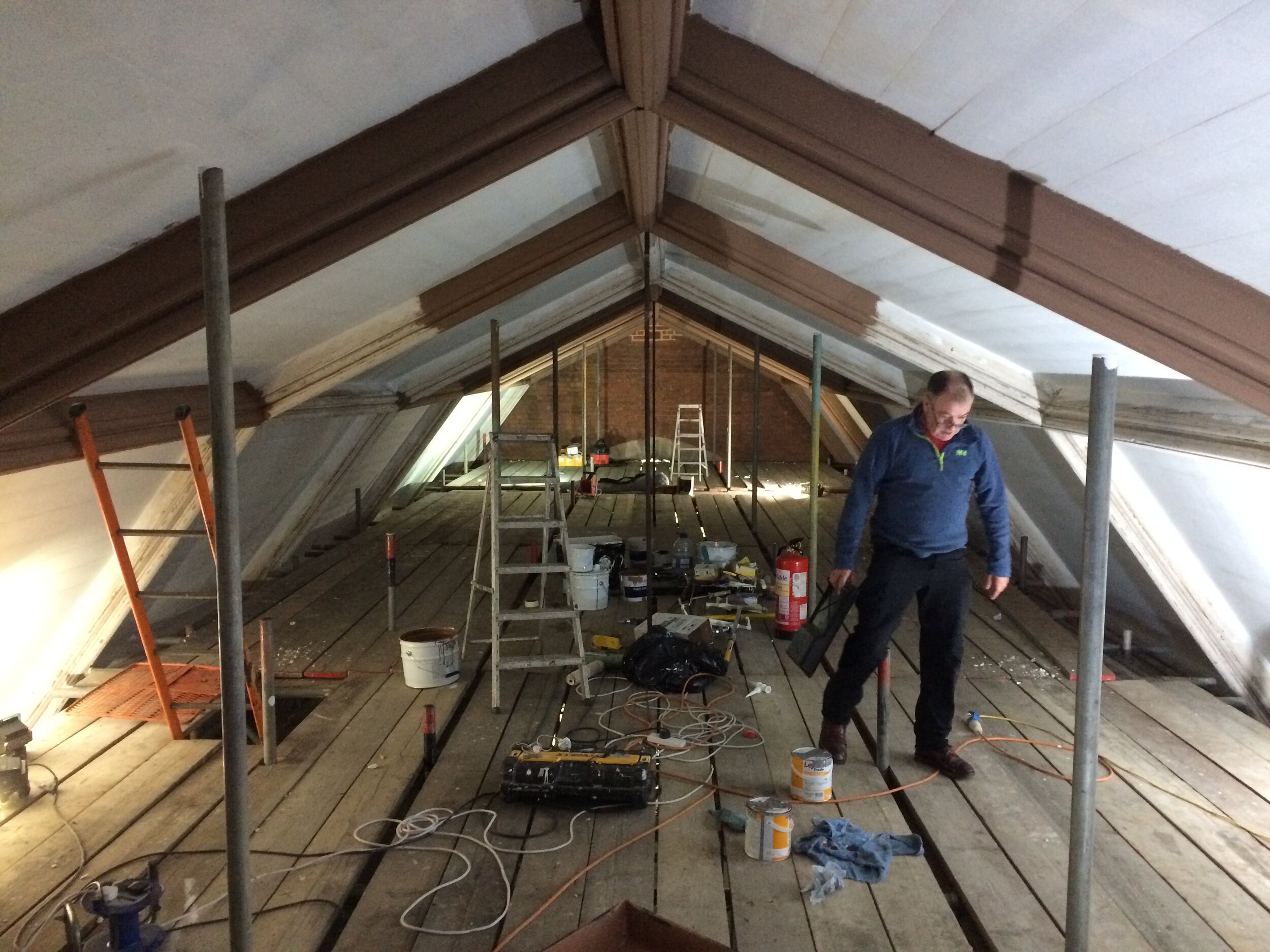Letter to the editor
In 1870, Henry Hugh Pike, a landlord and builder who styled himself as a ‘barrister at law’, wrote to, “the Kentish and Camden Towns Gazette, on the ‘height’ of the service held at the new St Luke’s church in Oseney Crescent on the Christ Church Estate:
‘Sir: AS a parishioner, I neither like the outside of this building nor what is going on within it. To my mind both appear to me un-English and foreign to its church . . .’
He also objected to the innovation of gaslight in a church.
The letter was answered the following week by an extremely snappish one from ‘A Churchman’, who claimed that until Mr Pike’s style improved:
‘He may fairly be deemed to be outside the pale of gentlemanly controversy’.
Another reader wrote in to point out that, living as he did on the north side of Leighton Road, Pike was not in St Luke’s parish anyway. The argument about the services, however, continued for weeks.”
































































